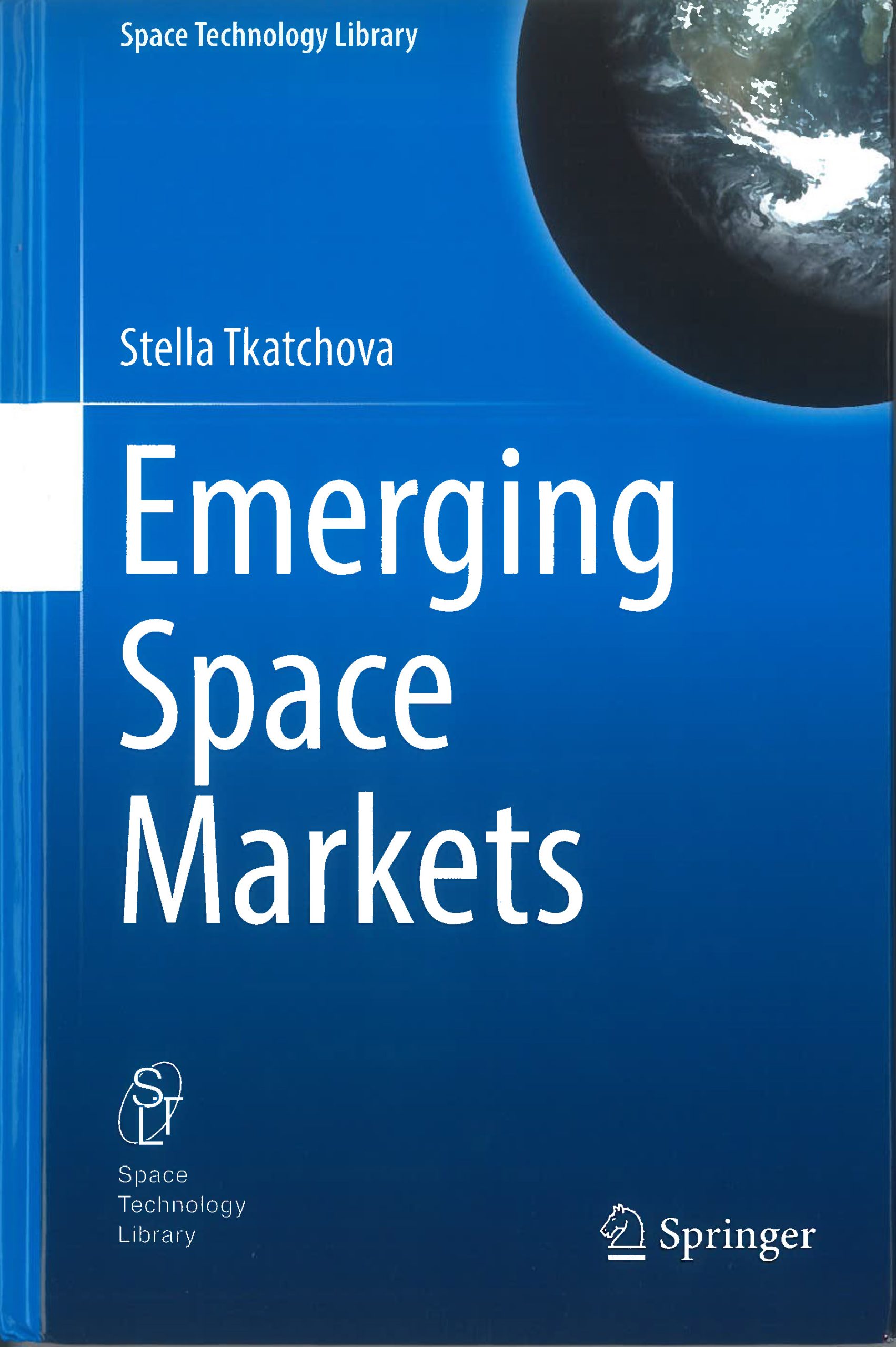Dr. Stella Tkatchova published the book ‘Emerging Space Markets’. Commercial spaceflight has become her expertise ever since her graduation from TU Delft on the thesis ‘From space exploration to commercialisation’.
Over the past twenty years, space agencies have been exploring ways to encourage private companies to get involved in the development of commercial space markets. Commercial launch services, in-situ resource exploitation, space debris mitigation, asteroid and lunar mining, in-orbit satellite servicing, space tourism and commercial space stations are some of the markets worth exploring, says Tkatchova
The Nasa programme Commercial Orbital Transportation Services (COTS) from 2006 has been instrumental in this development. It has led to the outsourcing of cargo launches to the International Space Station to the commercial enterprises SpaceX and Orbital Services for less than a billion US dollar, whereas comparable space programmes easily cost ten times more.
The expected growth of satellite constellations will result in increased space debris
With 22 commercial launches in 2015, one could say the space market is still modest. The ISS counts for 6-8 launches every year. Until 2024 that is, when the ISS programme will be terminated. After that, Tkatchova speculates, heavy launchers may be useful for Mars or Moon expeditions, or even mining activities on asteroids.
Low earth orbit satellites for communication (Iridium network) and CubeSats form a fast-growing market, says Tkatchova. However, the expected growth of satellite constellations will result in increased space debris and congestion of low earth and geostationary orbits. To the aviation industry, this environmental challenge is a market opportunity for companies developing space debris concepts and in-orbit satellite servicing ones. Space tourism (suborbital launches and spaceports) may also become a growing market, but the estimates vary wildly (between 200 and 1600 per year). And let’s not forget that XCOR went bankrupt only last year.
The book Emerging Space Markets analyses the commercial space activities and commercialisation processes of the last fifteen years and maps the future challenges that new space companies will face developing commercial space markets.
The book deals with questions such as:
- What are the targeted commercial space markets and customers?
- How can new space companies attract investors?
- Will reusable launch vehicles be much cheaper to use?
- Is there a future for the in-situ resource mining, space debris services, in-orbit satellite servicing and sub-orbital transportation services?
- What are the lessons learned from ISS commercialisation for encouraging the creation of sustainable new space markets?
- Will venture capitalists understand and be willing to invest in the development of these vehicles, commercial space stations and the construction of inflatable modules?
Students who consider setting up a start-up in space technology may find this book a useful point of departure.
In 2012, Tkatchova published the book ‘Space-based technologies and Commercial Development’, which Delta described as ‘an excellent, up-to-date reference book detailing the major recent developments in the commercialization of space.’
- Stella Tkatchova, Emerging Space Markets, 133 pages, Springer Verlag 2018, 80 Euro (hardcover) or 64 Euro (eBook).
Do you have a question or comment about this article?
j.w.wassink@tudelft.nl


Comments are closed.